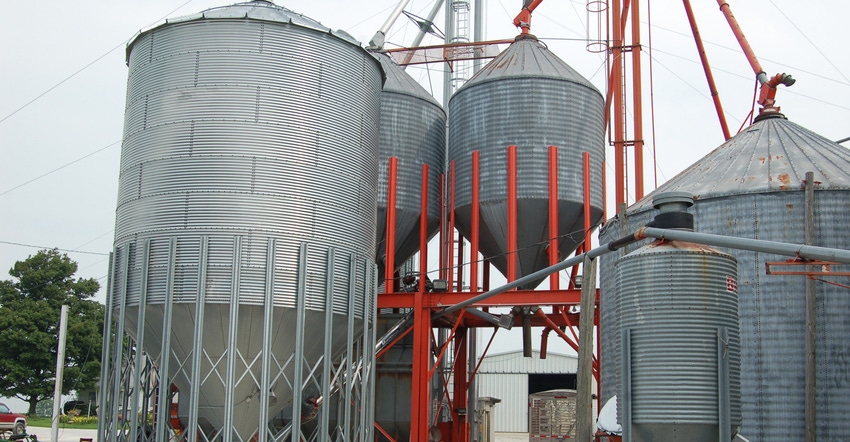
Many of you still have corn in the bin. Perhaps you held on for better prices. Instead, prices fell, adding to frustration. Bill Field advises leaving that frustration behind when emptying the bin. Why? Because grain bin entrapments are on an upward tick. Don’t become another statistic.
Field, a Purdue University Extension ag engineer, and his crew create a summary of injuries and fatalities related to confined spaces in agriculture for the entire country every year. Grain entrapments account for about 60% of all cases, but other confined spaces, including forage storage and manure storage facilities, are also included. Over the past 40 years, there’s been a decline in both grain entrapments and overall injuries and fatalities in confined spaces. That’s the good news. The bad news is that both categories saw a sizable increase in reported cases in 2019 vs. 2018.
“There were 38 grain entrapments reported in 2019,” Field says. “That’s an increase of 26.7%. Such an increase in one year is a big deal.”
Field attributes much of it to poor-quality grain. Whether grain comes from the field with quality issues or isn’t dried and cooled properly, the result is the same. When there are spoilage issues, the number of grain entrapments goes up, he emphasizes.
There were harvest issues late in 2018, which led to storage issues in 2019. People also held grain into the late spring and summer in 2019, hoping for better prices — much like this year. The result was more issues with spoiled grain, which won’t flow from the bin into the loadout auger easily when it’s time to empty the bin.
Because the 2019 fall harvest season featured wetter corn due to delayed planting, and knowing there were some issues with drying corn correctly, Field expects there may be some spoilage issues in on-farm bins that are still filled with corn. In fact, industry experts note reports of grain bin entrapments and cases of spoiled grain began coming in during January and February, about two months earlier than normal.
Respect the numbers
Of the 38 reported grain entrapment cases in the U.S. in 2019, 23 were fatal. That’s well over half, Field says.
The five-year moving average would have suggested 28.8 total grain entrapment cases for 2019 nationwide, far fewer than the 38 documented so far.
“These are certainly not final numbers,” Field adds. “There is no required reporting system for these types of accidents, and two-thirds of the grain is stored on farms or in facilities not regulated by OSHA [Occupational Safety and Health Administration] requirements. We can assume there are more cases, and certainly more near-misses, out there that are never reported.”
Nevertheless, the 38 known grain bin entrapments are the highest number since 2014, when 38 cases were also reported nationwide. These two years tie for the highest number of cases since 2010, when 59 grain bin entrapments were documented.
Minnesota reported the most grain bin entrapments in 2019. All victims in 2019 in nationwide grain entrapments were male. Only one was under 21, although that number has been higher in the past. The oldest victim was 80, with the average age being 43.4 years old.
What’s the bottom line? Anyone can die in a grain entrapment, no matter the age, if they’re not careful, Field says. With poorer grain quality, use extra caution when working around bins this summer.
About the Author(s)
You May Also Like




